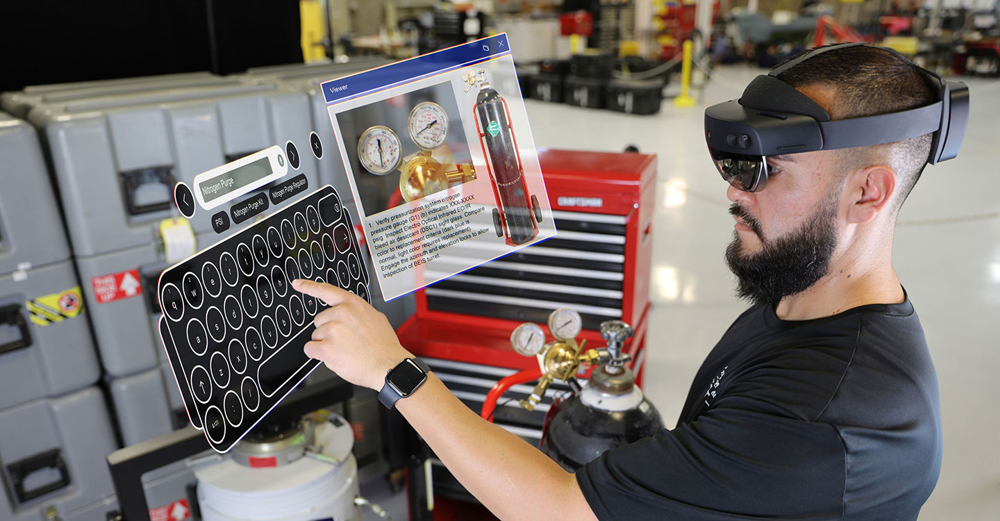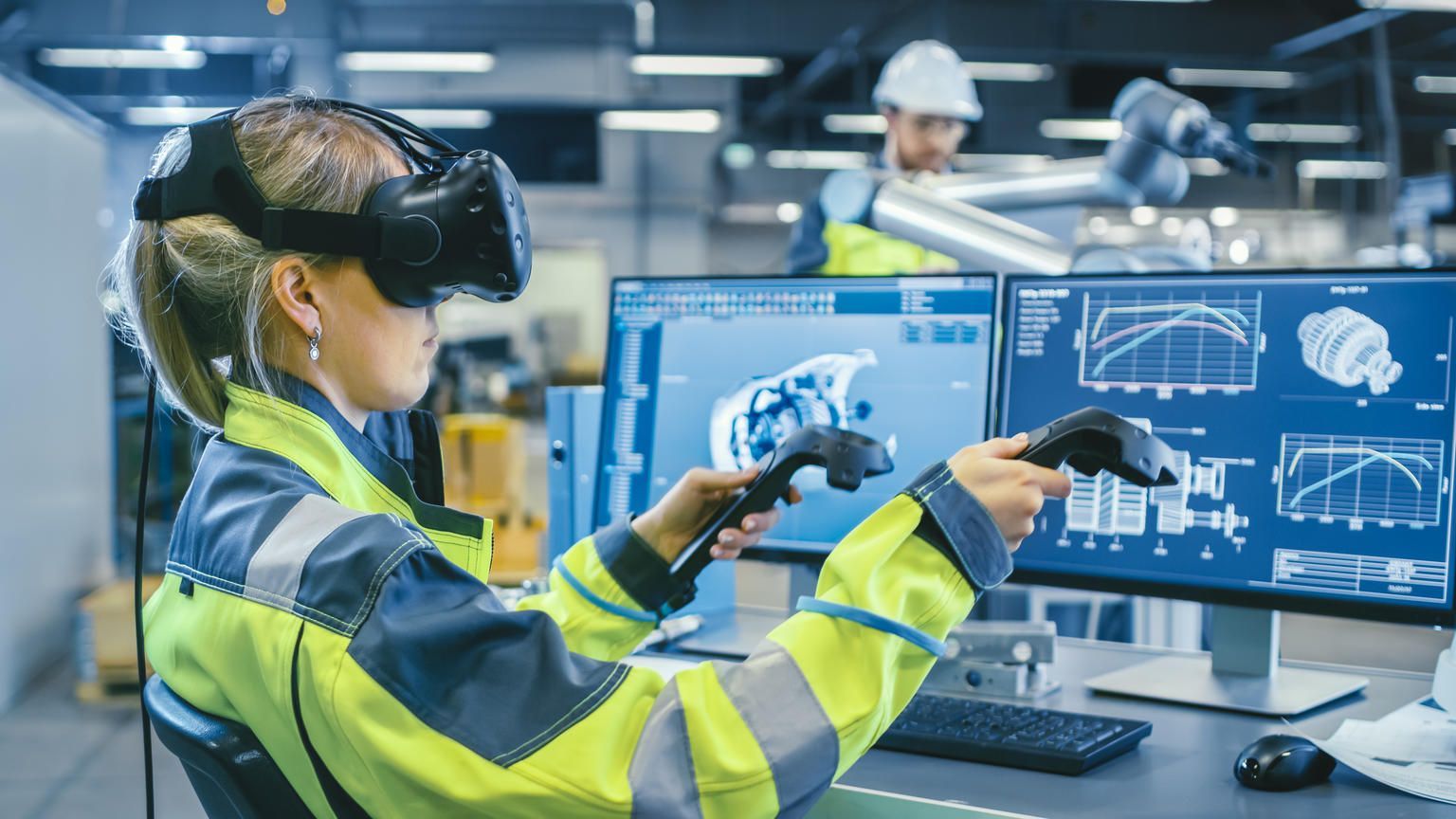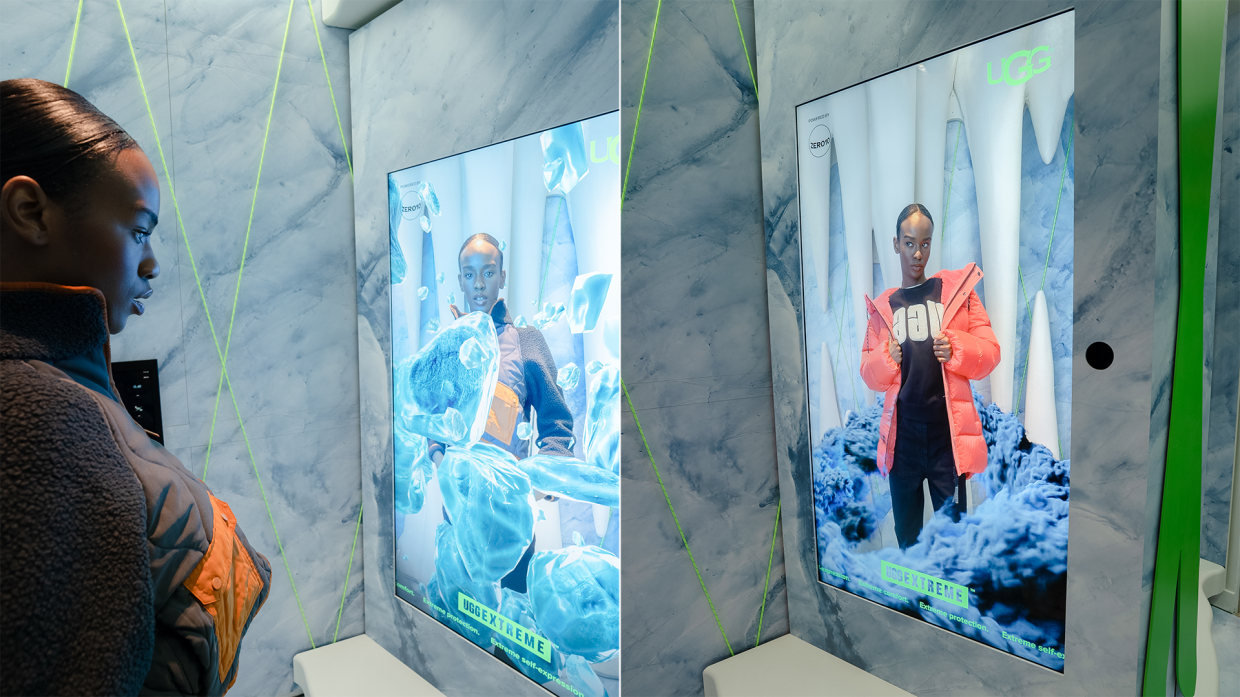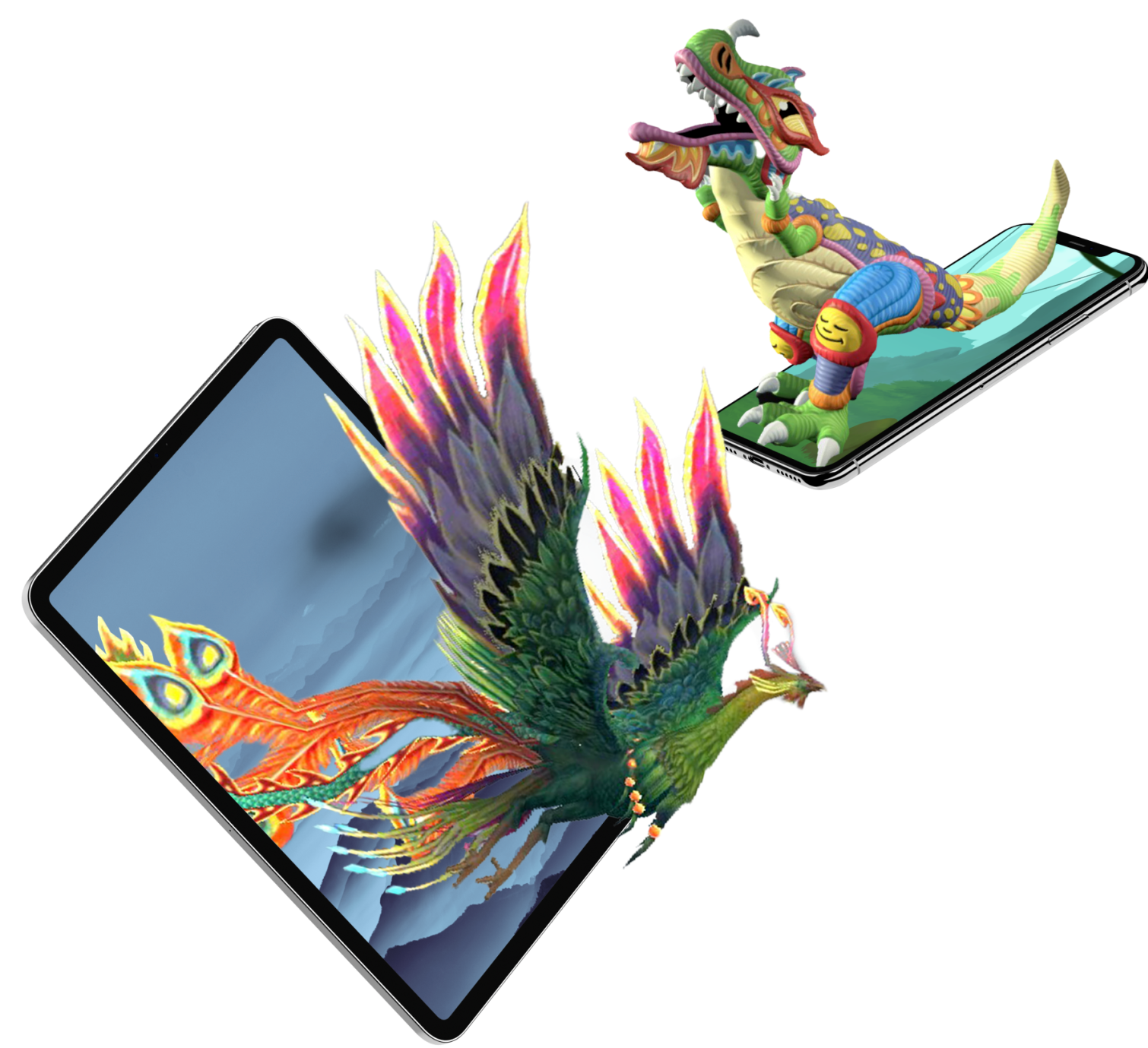Why a 3D Digital Transformation Strategy is Essential for Retailers
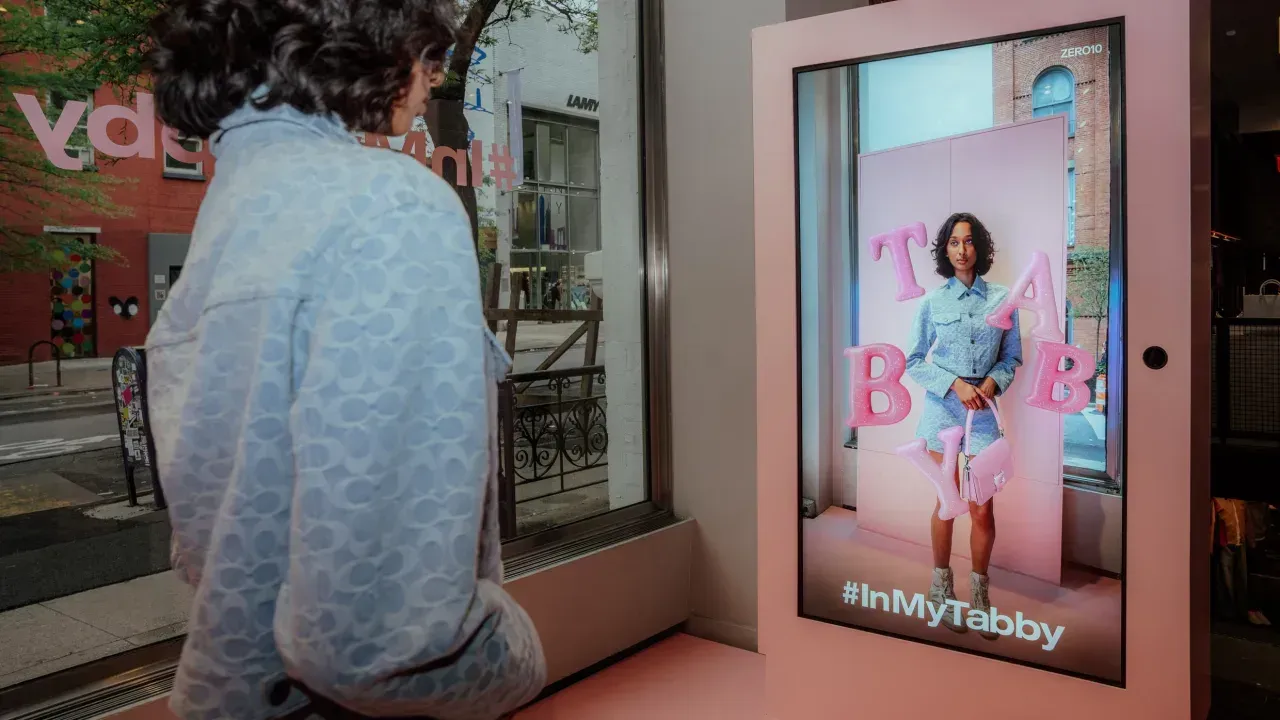
In the fast-paced and ever-evolving retail industry, staying ahead of the competition requires more than just traditional strategies. Retailers must embrace digital innovation to enhance customer experiences, streamline operations, and drive sales. One of the most transformative approaches is adopting a 3D digital transformation strategy. This comprehensive guide will explore why such a strategy is essential for modern retailers and how it can provide a competitive advantage.
Enhancing Customer Experience with 3D Technology
The cornerstone of a successful retail business is providing an exceptional customer experience. Customers expect more personalized and immersive shopping experiences in today's digital age. This is where 3D technology comes into play.
Augmented Reality (AR) and Virtual Reality (VR)
Augmented reality (AR) and virtual reality (VR) upgrade how customers shop online and interact with products. AR allows customers to visualize products in real-world environments using their smartphones or AR glasses. For example, furniture retailers can let customers see how a couch would look in their living room before purchasing. This enhances the shopping experience and reduces the likelihood of returns.
Personalized Shopping Experience
3D technology enables personalized shopping experiences that cater to individual preferences. By leveraging data analytics and AI-powered tools, retailers can offer product recommendations tailored to each customer's tastes and needs. This customer-centric approach not only boosts sales but also fosters brand loyalty.
Streamlining Operations and Supply Chains
A 3D digital transformation strategy is not just about enhancing the front-end customer experience; it also significantly impacts back-end operations and supply chains.
Efficient Inventory Management
With 3D digital technologies, retailers can manage their inventory more efficiently. Digital twins, virtual replicas of physical assets, allow retailers to monitor stock levels in real-time. This helps predict demand accurately and avoid overstocking or stockouts. Efficient inventory management leads to cost savings and ensures customers can always find the desired products.
Optimized Supply Chains
Integrating 3D technology into supply chains can streamline operations and reduce inefficiencies. For instance, retailers can use 3D models to design and optimize their logistics processes. This includes planning warehouse layouts, optimizing routes for delivery, and even simulating different supply chain scenarios to identify potential bottlenecks. By doing so, retailers can ensure timely deliveries and improve overall supply chain resilience.
Leveraging AI and Machine Learning
Artificial intelligence (AI) and machine learning are integral to a 3D digital transformation strategy. These technologies provide valuable insights and enable retailers to make data-driven decisions.
AI-Powered Analytics
AI-powered analytics tools can analyze vast amounts of data to uncover trends and patterns. For retailers, this means gaining insights into customer behavior, market trends, and sales performance. By understanding these insights, retailers can tailor their marketing strategies, optimize product assortments, and predict future trends.
Predictive Maintenance
Incorporating AI and machine learning into retail operations can also enhance predictive maintenance. For example, retailers using automated systems and machinery can employ predictive maintenance to foresee potential equipment failures before they occur. This minimizes downtime and ensures smooth operations.
Enhancing Marketing and Customer Engagement
A 3D digital transformation strategy can revolutionize how retailers engage with their online and offline customers.
Interactive Marketing Campaigns
Using 3D technology, retailers can create interactive marketing campaigns that captivate and engage customers. For instance, AR filters on social media platforms can be used to let customers try on virtual makeup or clothing. These interactive experiences attract attention and encourage customers to share their experiences, increasing brand visibility and reach.
Enhanced Product Visualization
Product visualization is a critical factor in online shopping. High-quality 3D models and interactive product views allow customers to examine products from every angle. This helps make informed purchasing decisions and reduces the chances of returns due to unmet expectations.
Building a Future-Ready Retail Business
Adopting a 3D digital transformation strategy prepares retailers for the future. As digital technologies evolve, staying ahead is crucial for long-term success.
Competitive Advantage
Retailers who embrace 3D technology gain a significant competitive advantage. By offering unique and immersive shopping experiences, they can attract more customers and stand out in a crowded market. This differentiation is particularly important in industries where products are highly commoditized, such as fashion and electronics.
Scalability and Flexibility
A 3D digital transformation strategy offers scalability and flexibility. 3D technologies can easily scale to accommodate increased demand as the business grows. Additionally, the flexibility of these technologies allows retailers to quickly adapt to changing market conditions and consumer preferences.
Practical Steps to Implement a 3D Digital Transformation Strategy
Implementing a 3D digital transformation strategy requires careful planning and execution. Here are some practical steps retailers can take:
- Assess Current Capabilities
Start by assessing your digital capabilities and identifying areas where 3D technology can impact most. This could include customer experience, supply chain management, or marketing. - Set Clear Objectives
Define clear objectives for your 3D digital transformation strategy. These could include increasing online sales, reducing return rates, or improving supply chain efficiency. Clear objectives will guide your strategy and help measure its success. - Invest in the Right Technology
Invest in the necessary technology and tools to support your 3D strategy. This may include AR/VR equipment, AI-powered analytics tools, and 3D modeling software. Ensure that these technologies are compatible with your existing systems. - Train Your Team
Training your team is essential for successfully implementing a 3D digital transformation strategy. Provide training on using new technologies and tools, and encourage a culture of innovation and continuous learning. - Collaborate with Experts
Partnering with 3D technology and digital transformation experts can provide valuable insights and support. Consider working with technology providers, consultants, and industry experts to ensure a smooth transition. - Monitor and Adjust
Continuously monitor the performance of your 3D digital transformation strategy and make adjustments as needed. Use data analytics to track progress toward your objectives and identify areas for improvement.
Conclusion
In conclusion, a 3D digital transformation strategy is essential for retailers looking to thrive in today's competitive landscape. By leveraging 3D technology, AI, and machine learning, retailers can enhance customer experiences, streamline operations, and gain a competitive edge. The benefits of digital transformation are vast, and those who embrace it will be well-positioned for future success. As the retail industry continues to evolve, adopting a 3D digital transformation strategy will not only meet the expectations of today's consumers but also pave the way for innovation and growth in the years to come.
TALK TO A PRO
We're here to bring your brand to life!
Stay Connected with BrandXR
Create Augmented Reality for Free!
Create, Publish, and Measure 3D Augmented Reality Experiences Without Having to Code.

